Baby Boy Clothes: Best Complete Guide for Parents
Baby boy clothes explained — styles, sizing, fabrics, and shopping tips for every parent
Introduction
Baby boy clothes are more than just tiny outfits. They represent milestones, memories, and the everyday comfort of a growing child. The global baby clothing market is expected to surpass $80 billion in the coming years, fueled by rising demand for fashionable yet practical baby wear. For parents, that means endless choices — but also endless confusion. What clothes are truly necessary? How often should you size up? Which fabrics are gentle enough for newborn skin yet durable enough for toddlers? Check Amazon collection.
This guide breaks everything down step by step. From sizing to fabrics, from affordable options to luxury designer picks, and from everyday essentials to special occasion outfits — you’ll find actionable advice here. Think of this as your ultimate content hub on baby boy clothes, designed to help you make informed decisions while avoiding costly mistakes.
Understanding Baby Boy Clothes
When people talk about baby boy clothes, they’re referring to the wide range of garments made specifically for infants and toddlers. But this isn’t just about “tiny versions” of adult clothes. Baby clothing is designed with safety, growth, and ease of use in mind.
Core Clothing Categories
When building a baby boy’s wardrobe, there are a few categories that form the foundation of everyday wear. At the very top of the list are bodysuits and onesies, which truly are the backbone of any baby’s clothing collection. Designed with practical snap closures at the crotch, these garments make diaper changes quick and hassle-free. They are comfortable, versatile, and can be worn alone in warm weather or layered under other clothes when it gets cooler. Check bodysuits and onesies for boys in Amazon.
Another essential category is rompers. These one-piece outfits are perfect for playtime or casual outings, offering both comfort and style in a single piece. Rompers save parents the effort of coordinating multiple items, while still giving babies plenty of freedom to move.
No baby wardrobe is complete without sleepwear and pajamas. Made from soft, breathable fabrics, these outfits are designed to promote safe and restful sleep. The right sleepwear can help regulate body temperature, keeping babies comfortable throughout the night.
For daily comfort and mobility, parents rely on everyday wear such as T-shirts, leggings, and joggers. These pieces are designed with movement in mind, making them ideal for crawling, playing, and exploring as babies grow.
During colder months, outerwear becomes essential. Jackets, sweaters, hats, and mittens not only keep babies warm but also add an extra layer of protection against the elements. Choosing lightweight yet insulated pieces ensures that warmth doesn’t come at the expense of comfort.
Lastly, parents often keep a few special occasion outfits on hand. These include mini dress shirts, tiny suits, or themed outfits designed for birthdays, weddings, or holiday celebrations. While not worn every day, these clothes make milestone events feel even more memorable and provide lasting keepsakes for family photos.
Baby boy clothes aren’t just about style — they balance function and comfort. Snaps, zippers, elastic waists, and breathable fabrics all exist to make life easier for parents while keeping babies comfortable.
Sizing & Fit
One of the trickiest parts of shopping for baby boy clothes is figuring out the sizing. Unlike adult clothing, where sizes are relatively consistent, baby sizes can feel unpredictable and vary significantly between brands. To make things more challenging, babies grow faster than most new parents anticipate. What fits perfectly one week might be too snug the next. That means understanding the basics of sizing is essential before filling a wardrobe.
Most clothing companies follow a set of standard size ranges. At the very beginning, there is the newborn size, which typically covers 0–3 months. This category is meant for the earliest stage of life, but it’s important to note that not all babies even fit into newborn sizes at birth—larger babies often jump straight to the next size.
The next stage is the infant range, which is broken down into several intervals: 3–6 months, 6–9 months, and 9–12 months. These ranges reflect the rapid changes that happen in the first year of life. Since babies grow in bursts, some parents find themselves skipping an interval altogether, especially if their child has a growth spurt and bypasses a size in just a few weeks.
Once babies approach their first birthday, the sizes transition into the toddler range. This typically includes 12–18 months, 18–24 months, and then numbered sizes like 2T and 3T. The “T” stands for toddler and accounts for more mobility, so these clothes are often roomier, sturdier, and designed for active play. By this stage, clothing needs shift from just covering growth to supporting movement and durability.
Sizing is not an exact science, and that can feel frustrating. But with a good understanding of these ranges, parents can make better decisions and shop more strategically, ensuring their baby stays comfortable without wasting money on clothes that only last a few weeks.
Tips for Parents
One of the most important things to remember when shopping for baby boy clothes is that sizing varies from brand to brand. A “3–6 month” onesie from one company might fit perfectly, while another brand’s version could be too snug or too loose. Always take the time to check each brand’s size chart before purchasing, especially if you’re ordering online. This small step can save both money and frustration.
Another key consideration is the reality of growth spurts. Babies can grow seemingly overnight, and clothes that fit comfortably one week might suddenly feel tight the next. To avoid waste, it’s often wiser to buy slightly larger sizes rather than clothes that fit exactly in the moment. A little extra room allows your baby to grow into the outfit, giving you more use out of each piece.
Parents should also be cautious of clothing labeled “up to 3 months.” These items frequently run smaller than expected, and many babies outgrow them quickly—sometimes within weeks. If your baby is above average in height or weight, it’s usually best to skip straight to the next size up. Choosing a bigger size ensures comfort and avoids the hassle of clothing that no longer fits after only a handful of wears.
Finally, when it comes to newborn sizes, resist the urge to overbuy. Newborns grow fast, and many spend only four to six weeks in this size range. Stocking up on too many tiny outfits often leads to unworn clothes that get packed away or donated. Instead, focus on just a few essentials in the smallest sizes, then plan to transition into larger clothing as your baby grows.
Fabrics & Materials
The fabric you choose for baby boy clothes matters as much as the style. Baby skin is sensitive, and poor material choices can cause rashes, overheating, or irritation.
Common Fabrics
When it comes to baby boy clothes, the fabric matters just as much as the style. Babies have delicate, sensitive skin, so choosing the right material can make the difference between comfort and irritation.
The most popular choice is cotton, often considered the gold standard for baby clothing. Cotton is soft to the touch, highly breathable, and widely available in everything from bodysuits to pajamas. Its ability to absorb moisture while remaining lightweight makes it ideal for daily wear. Parents often rely on cotton pieces because they are durable enough to withstand frequent washing without losing shape or softness.
For those looking for a safer and more environmentally conscious choice, organic cotton has become increasingly popular. Unlike conventional cotton, it is grown without the use of harmful pesticides or chemicals. This makes it a healthier option for sensitive skin while also supporting eco-friendly farming practices. Parents who prefer natural and sustainable products often stock up on organic cotton bodysuits, blankets, and sleepwear.
Another standout option is bamboo fabric, which is naturally hypoallergenic and silky soft. It is prized for being both breathable and moisture-wicking, making it perfect for warm weather or for babies who tend to overheat easily. Bamboo is also known for its durability, maintaining its smooth texture even after multiple washes. More brands are incorporating bamboo into baby clothing ranges as parents search for gentle and eco-friendly fabrics.
Finally, many clothes are made from polyester blends, which combine polyester with cotton or other fibers. These blends are durable, wrinkle-resistant, and often more affordable. However, they are not as breathable as natural fabrics, which means they may trap heat in warmer climates. Still, for items like outerwear or special occasion outfits, polyester blends can provide a balance of affordability, style, and long-lasting wear.
What to Avoid
Not all fabrics are suitable for babies, and knowing what to avoid is just as important as knowing what to buy. One of the biggest concerns is rough fabrics like wool worn directly against bare skin. While wool is warm, it can be scratchy and uncomfortable for babies, often leading to rashes or irritation. If parents do choose wool for colder weather, it’s best layered over a soft cotton bodysuit to create a protective barrier.
Another fabric to be cautious with is synthetic-heavy blends in hot climates. Materials like polyester or nylon may be durable and budget-friendly, but they can trap heat and moisture against the skin. Babies cannot regulate their body temperature as effectively as adults, so overheating becomes a real risk. In warm seasons, it’s best to stick with breathable cotton, bamboo, or light organic fabrics.
Lastly, parents should avoid chemically treated fabrics that may cause irritation. Some clothing is manufactured with flame-retardant chemicals or treated dyes that can be harsh on sensitive skin. While regulations exist to limit harmful substances, babies are particularly vulnerable, and their skin can react quickly. Washing new clothes before first use can help, but the safest option is to choose untreated or organic materials whenever possible.
Tip: Always wash new clothes before putting them on your baby to remove potential residues from manufacturing.
Seasonal Baby Boy Clothes
Babies need clothes that adapt to the season. Dressing your little one comfortably isn’t just about cuteness — it’s about health and safety.
Summer Essentials
Dressing babies during the warmer months requires careful thought. Comfort and breathability matter more than layering or heavy fabrics. The starting point for a summer wardrobe is a set of lightweight cotton bodysuits. These short-sleeved or sleeveless one-pieces allow air to circulate easily and prevent babies from overheating. Parents often find that a few plain white cotton bodysuits and a mix of patterned ones provide both practicality and variety. Brands like Carter’s and Gerber offer multi-packs, which are convenient and cost-effective since babies can go through several changes a day in the heat.
Another go-to choice for warm weather is breathable rompers. These one-piece outfits are ideal for playtime or casual outings, as they combine comfort with style. Made from soft cotton or bamboo fabrics, rompers keep babies cool while eliminating the need to coordinate separate tops and bottoms. Many summer rompers feature snap closures for easy diaper changes and playful prints that suit sunny days, from stripes and nautical themes to animal patterns.
Protection from the sun is equally important. Sun hats with wide brims shield delicate skin from direct exposure, particularly during outdoor walks or family beach trips. Choosing hats with adjustable straps ensures they stay in place without being uncomfortable. Alongside hats, lightweight cotton blankets are handy for providing shade in strollers or covering babies lightly when the temperature drops in the evening. Muslin swaddle blankets are especially versatile because they’re breathable and can double up as nursing covers or picnic mats.
Finally, the golden rule in summer is to avoid overdressing. Babies regulate heat differently than adults, and overheating poses real risks. A good measure is to dress your baby in just one layer more than what feels comfortable for you. If you’re in shorts and a T-shirt, a bodysuit may be all your baby needs. Lightweight socks can be added indoors if floors are cool, but heavy clothing should be avoided altogether.
Winter Must-Haves
When the temperatures drop, layering becomes the key to keeping babies warm and comfortable. Start with long-sleeved bodysuits, which act as the base layer against sensitive skin. These provide warmth without bulk and are easy to combine with other clothing. On top, add sweaters or cardigans, which can be slipped on and off depending on the environment. For outdoor use, a lightweight jacket or padded coat is essential, especially if you live in areas where winter is harsh. Choosing jackets with zippers instead of buttons also makes dressing less stressful during chilly mornings.
Cold weather calls for proper head and hand protection. Fleece-lined hats and mittens are must-haves, since babies lose a significant amount of heat through their heads. A snug hat that covers the ears is best for outdoor walks, while mittens prevent little hands from getting cold and also stop scratching. Mittens with elastic wristbands or Velcro closures tend to stay on more securely than traditional slip-ons.
Feet also need extra care in the winter. Thermal socks and booties provide insulation and help retain warmth even in drafty houses. Look for socks made from thicker cotton blends or fleece, as they trap heat without causing discomfort. Booties, particularly those with non-slip soles, are ideal for toddlers who are already on the move, giving both warmth and safety indoors.
For families in colder climates, snowsuits are the ultimate protective gear. These one-piece insulated suits shield babies from icy winds and snow, making them perfect for stroller walks or outdoor play. Many designs come with built-in mittens and booties, eliminating the need for separate accessories. Quilted or down-filled options are excellent for extreme conditions, while lighter fleece snowsuits work well in milder winters. Always ensure the snowsuit isn’t too bulky when securing your baby in a car seat, as safety should never be compromised for warmth.
Rainy & Transitional Seasons
The shift between seasons often brings unpredictable weather, and babies need clothes that can handle sudden changes. A staple for these times is a collection of hooded jackets. Lightweight yet protective, these jackets shield against light rain and cool breezes. Choosing water-resistant fabrics ensures your baby stays dry during quick outings, while hoods provide extra coverage without the need for separate hats. Many transitional jackets also feature zip-up fronts, making it simple to add or remove layers as temperatures fluctuate.
Another essential item is waterproof booties. Even if your baby isn’t walking yet, these are useful for keeping little feet warm and dry in damp conditions. For toddlers who are beginning to explore puddles and wet ground, waterproof booties with non-slip soles are a must. They prevent water from seeping in while still allowing enough flexibility for natural movement.
During these in-between months, flexibility is everything. Layer-friendly clothing—such as long-sleeved bodysuits, soft cardigans, and lightweight pants—lets parents quickly adjust to changing conditions. A chilly morning might call for multiple layers, but by midday, when the sun comes out, peeling one or two off keeps babies comfortable.
The guiding principle here is simple: follow the golden rule—dress babies in one more layer than an adult would wear in the same conditions. If you’re comfortable in a light sweater, your baby will likely need a bodysuit plus a sweater or blanket. This approach ensures warmth without the risk of overheating, which is especially important when moving between outdoor air and heated indoor environments.
Cute & Stylish Baby Boy Clothes Trends
Fashion isn’t limited to adults. Baby boy clothes also follow trends that shift from year to year, giving parents plenty of opportunities to dress their little ones in styles that feel both modern and fun. While comfort and practicality always come first, many parents enjoy incorporating current trends into their baby’s wardrobe.
One trend that continues to grow in popularity is matching family outfits. Coordinated clothing for parents and children has become a favorite choice for holidays, birthdays, and professional family photos. Whether it’s matching pajama sets for Christmas morning or coordinated T-shirts for summer outings, these outfits create a sense of unity and make for memorable pictures.
Another style that’s taking off is mini streetwear. Hoodies, joggers, and even tiny sneakers are being designed specifically for babies, allowing parents to dress their little boys in casual yet stylish pieces that mimic adult streetwear. This trend emphasizes comfort while still giving a fashionable edge to everyday clothing.
Special theme outfits also remain a staple. Parents often choose holiday pajamas, “My First Birthday” rompers, or superhero costumes to mark milestones and seasonal celebrations. These clothes are less about practicality and more about capturing moments, making them perfect for photos and family gatherings.
Finally, gender-neutral designs have become an increasingly important option for parents. Soft earthy tones, minimal prints, and unisex cuts allow baby clothes to move beyond traditional blue-and-pink categories. These designs are versatile, can be shared between siblings regardless of gender, and appeal to parents looking for a modern and simple aesthetic.
AQs About Baby Boy Clothes
Q: How many baby boy clothes do I really need?
A: For newborns, 6–8 bodysuits and 4–5 sleepers are enough. For toddlers, 10+ outfits.
Q: Can baby girls wear baby boy clothes?
A: Absolutely. Clothes are largely unisex unless styled otherwise.
Q: Are hand-me-downs safe?
A: Yes, as long as they are in good condition and properly washed.
Conclusion
Baby boy clothes aren’t just about keeping babies covered — they’re about comfort, growth, safety, and style. From affordable bundles to luxury designer wear, the market is vast, but the best decisions are always practical ones. Choose soft fabrics, buy smartly with future growth in mind, and focus on quality over quantity. Whether you’re dressing your baby for everyday play or a once-in-a-lifetime event, the right wardrobe makes all the difference.
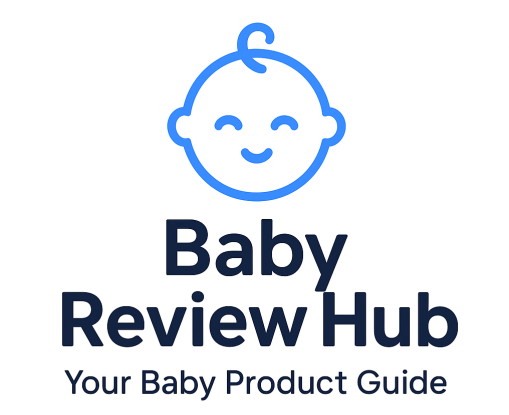
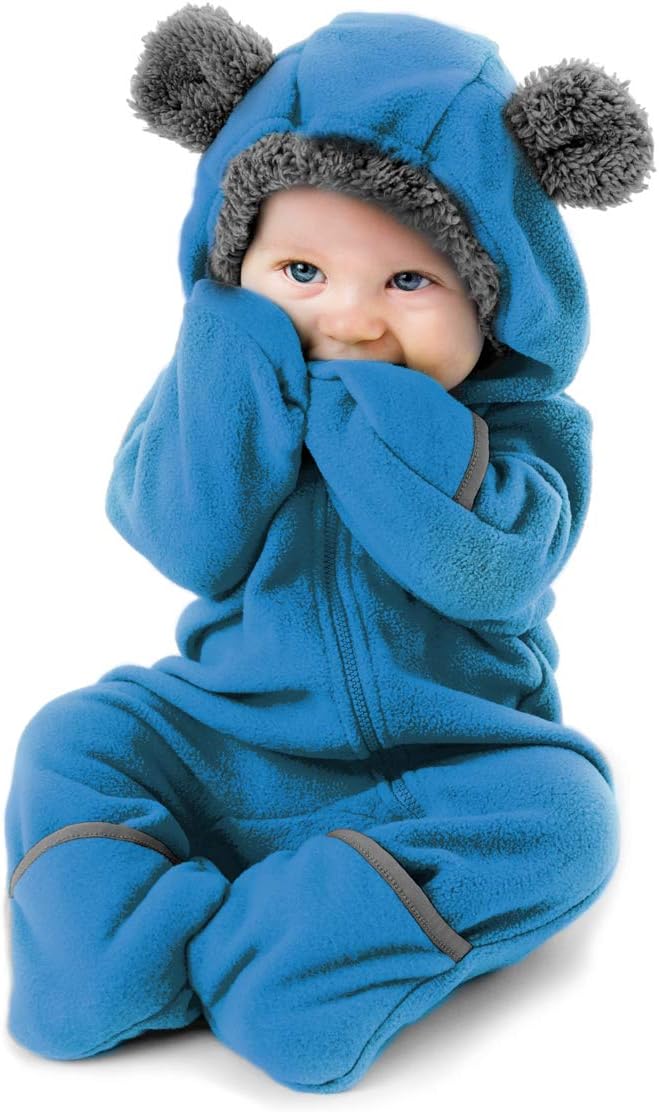
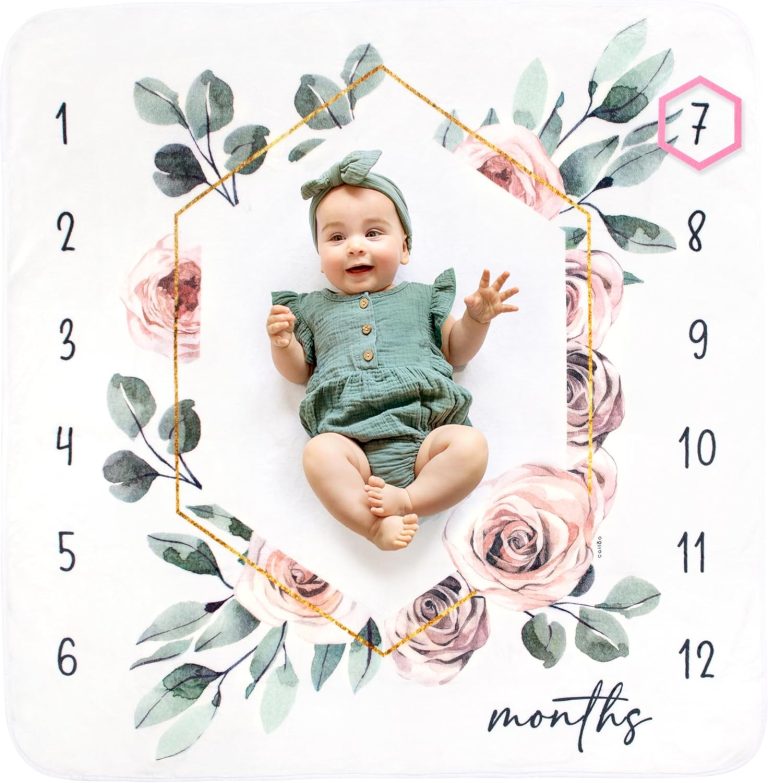
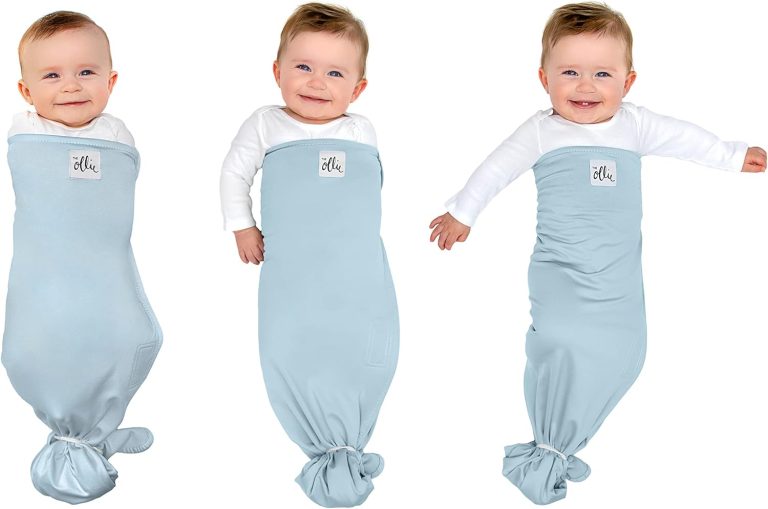
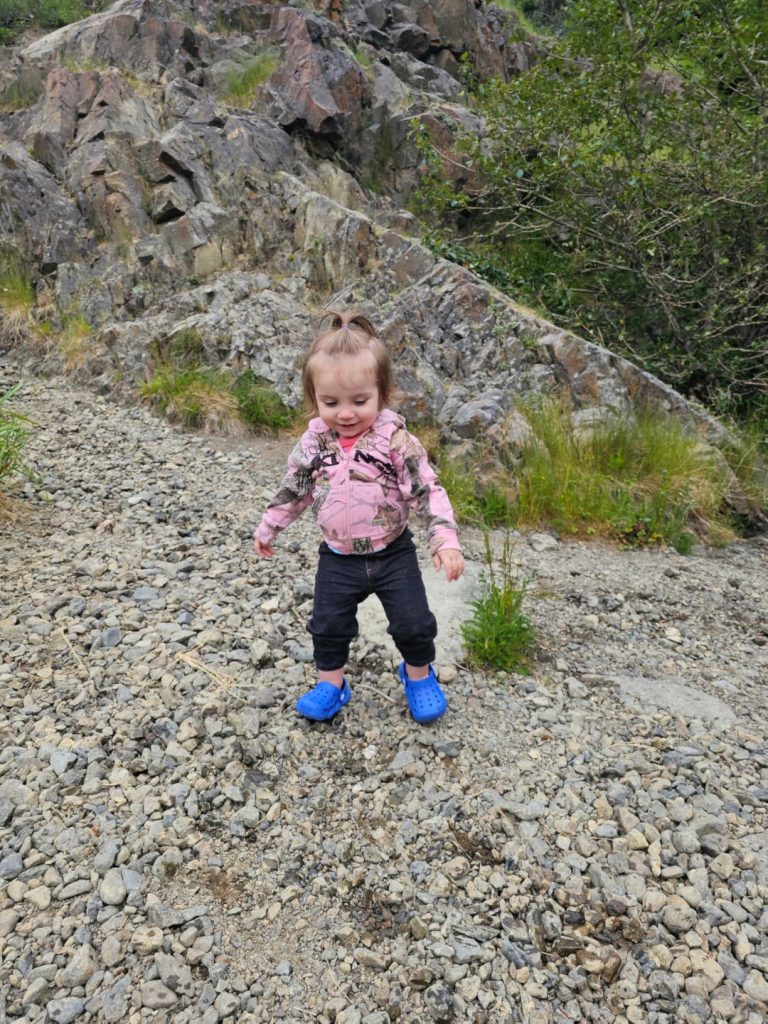
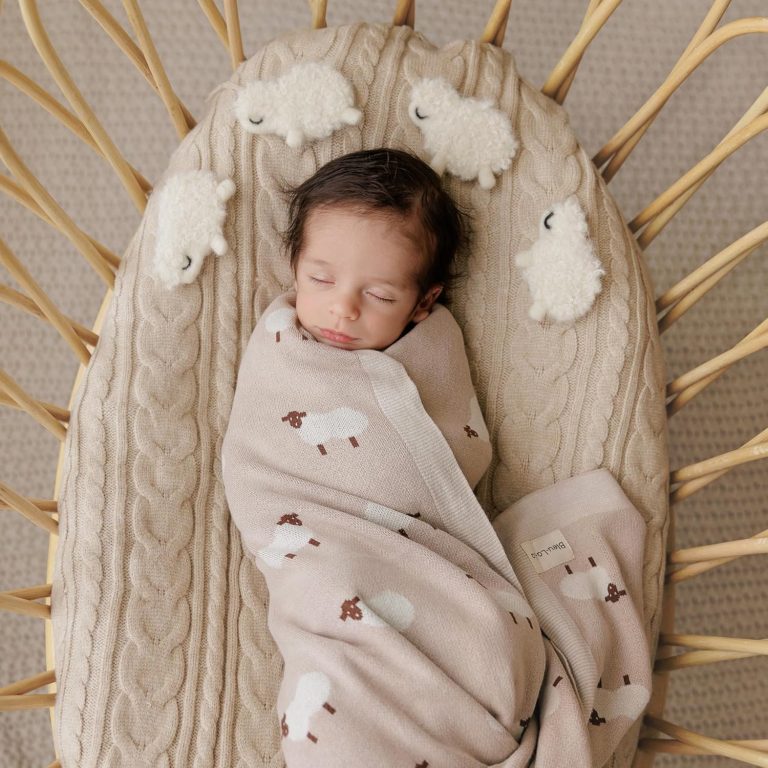
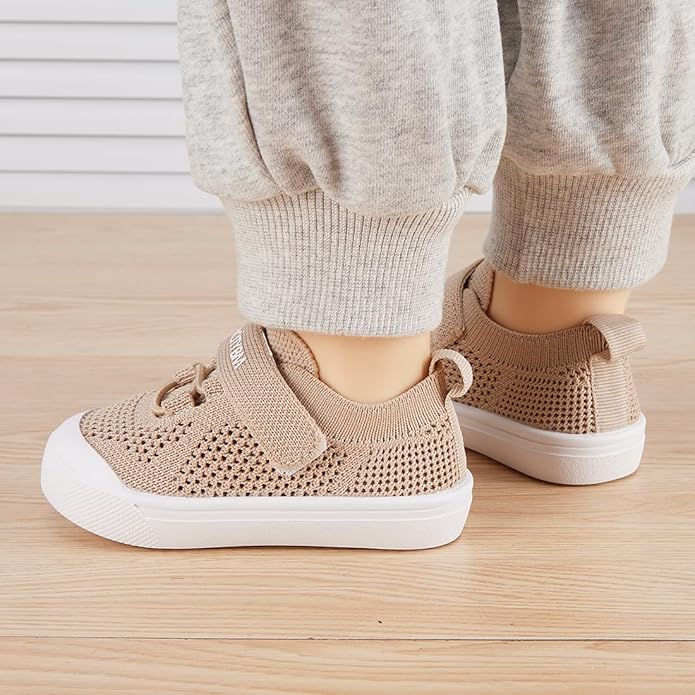
One Comment